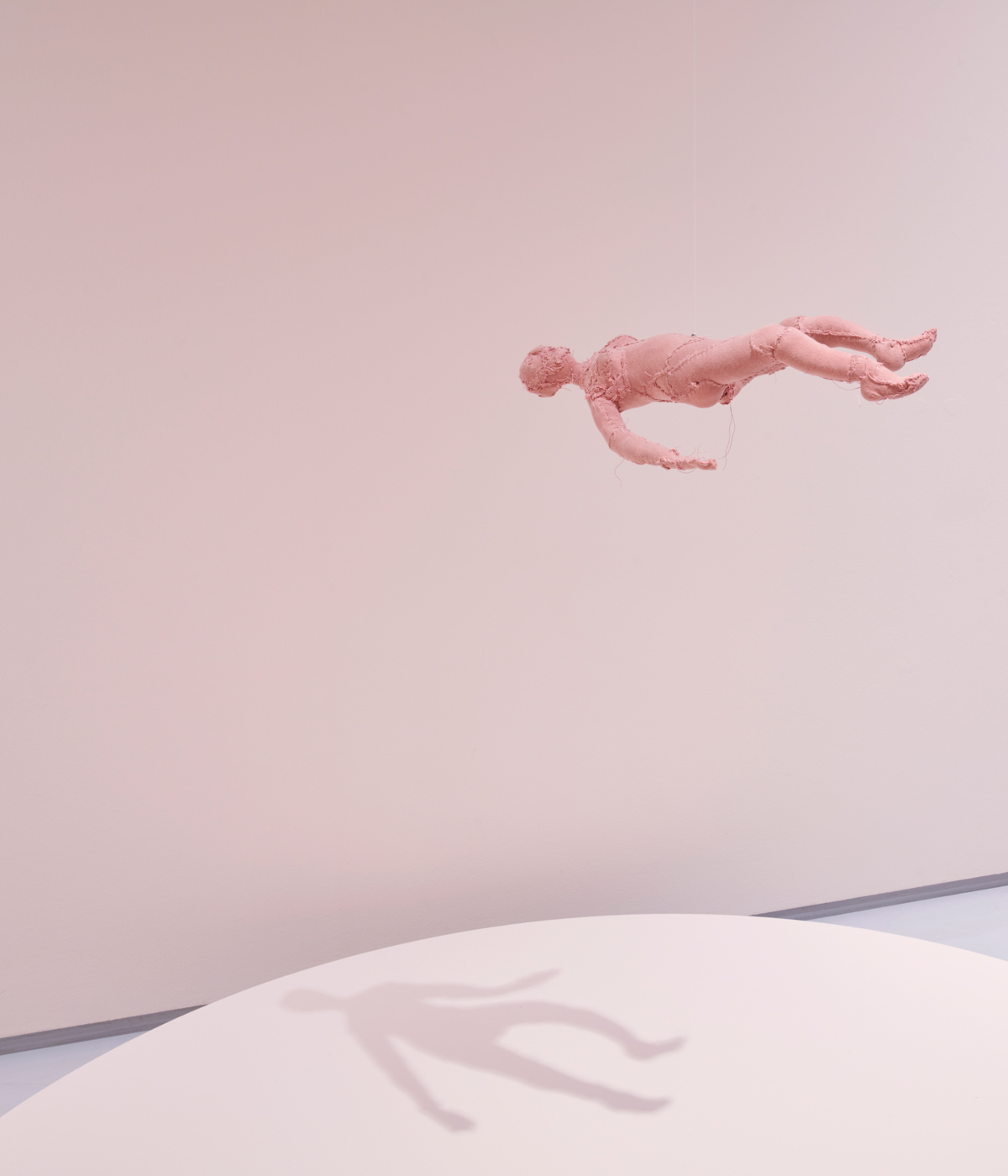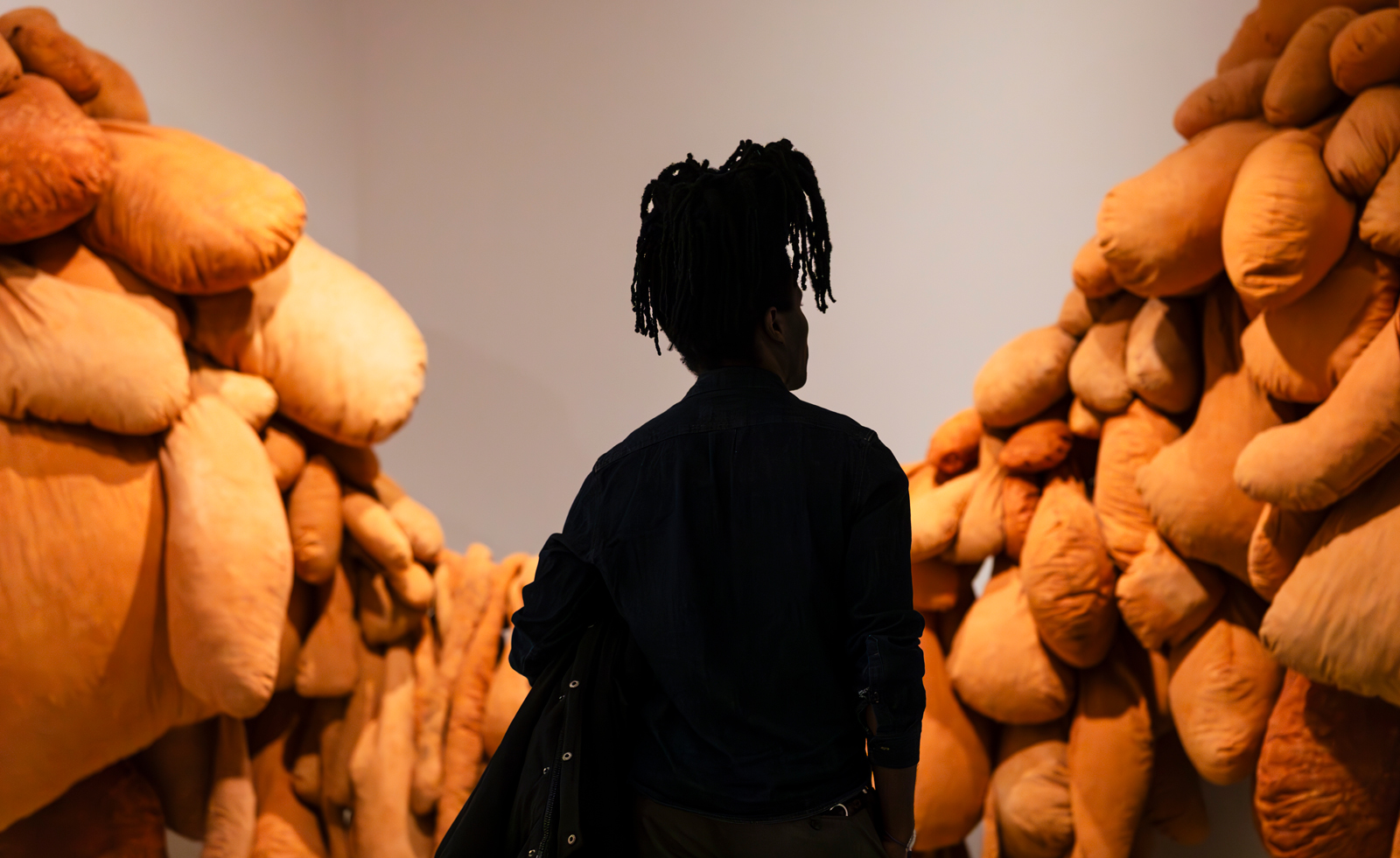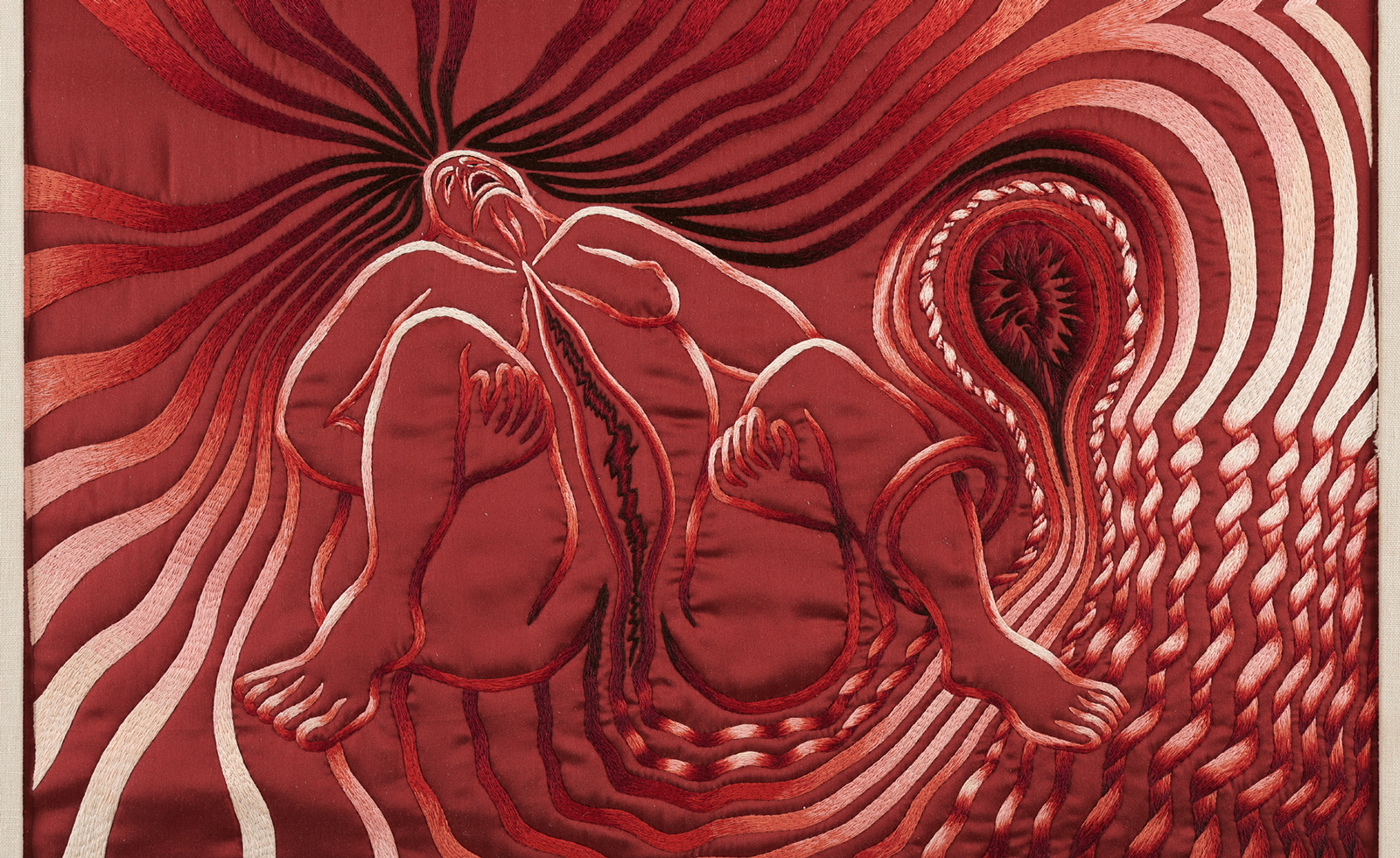
Textiles have often been saddled with restrictive definitions around craft and gender stereotypes, when in fact, they have formed some of the most radical and progressive works of the last century. Many artists have played with these definitions, creating subversive feminist works and expansive sculptural forms. ‘Unravel: The Power and Politics of Textiles in Art’, a show of 50 intergenerational artists at the Barbican Centre in London, explores quite how far the medium has evolved in the last sixty years.
“It’s a really capacious, expansive view of what textiles are,” says assistant curator Diego Chocano. “I hope viewers are surprised about what we are considering to be textile practice, because a lot of the artists are trying to push those boundaries and expand.” The works address issues of violence and colonialism, as well as ideas around love, hope and resistance. The show brings together long-established and emerging names from around the world, including Faith Ringgold, Cecilia Vicuña, Billie Zangewa, Louise Bourgeois, Ghada Amer and Tracey Emin.

The 1960s is a key starting point, when many artists were experimenting with the political power of textiles in line with second wave feminism, the ongoing civil rights movement, protests against the Vietnam war, and the hippie subculture. “Although we’re not talking specifically about the hippie movement in the show, I do think that influenced a lot of the artists,” says Chocano. “Using tapestry to protest was a big thing in the 1960s. This is something Violeta Parra was doing. She was very aware of what was happening in the US and was also inspired by Latin America’s rich history of using textiles. The 1960s was a moment when textiles as an art movement was coming off the walls and becoming three-dimensional.”

The power of textiles not only to protest but also to protect is an unexpected angle in the exhibition. Throughout history, fabric has been used to wrap both new-born babies and dead bodies, offering warmth and comfort, respect and shielding. In his lifetime, Feliciano Centurión worked with blankets found in markets, which he would write poetic refrains onto. These pieces embodied ideas of shelter and refuge, at a time in which the artist was dying from AIDs-related complications. Chocano tells me that the act of sewing in this part of the artist’s life was healing in itself. For many included in the show, the slow and methodical process of stitching is an act of self-care.
There is a section also exploring the idea of wounds and repair, where the stitch might be used to bring together pieces of fabric or parts of flesh. These ideas are expanded out in some works to explore the idea of repairing communities and countries. Chocano highlights the work of Angela Su, who addresses the divides between Hong Kong and mainland China, with stitching and repair as a metaphor for scarring. “We look not just at this beautiful, romanticised version of it, but also how to repair and stitch means puncturing a hole, piercing,” he says. “To repair or mend can actually be a very painful thing.”

Of course, for many contemporary artists, the ethics of fabric production within the context of environmental collapse is an important one. In many cases, the medium is the message, with artists choosing sustainable, traditional methods to work with. Their processes often go against the neo-liberal idea of producing in the quickest way possible. Yee I-Lann, for example, works with a community of weavers in Borneo, creating woven mats that would have been used in pre-colonial times to eat and sleep on.
While the exhibition highlights the recent history of textiles in art, Chocano has one eye on the future, recognising that the medium is only going to keep expanding. “We are beginning to see how much textile work is in museum programming now,” he says. “At Frieze London last year, there was so much textile work. That’s not to say it still doesn’t carry this baggage. Less and less so, but there is still this idea that it’s women’s work. A lot of what we’re trying to do is look at how artists have harnessed this baggage for their own subversive ends.”
'Unravel: The Power and Politics of Textiles in Art’ at the Barbican Centre is on until 26 May







